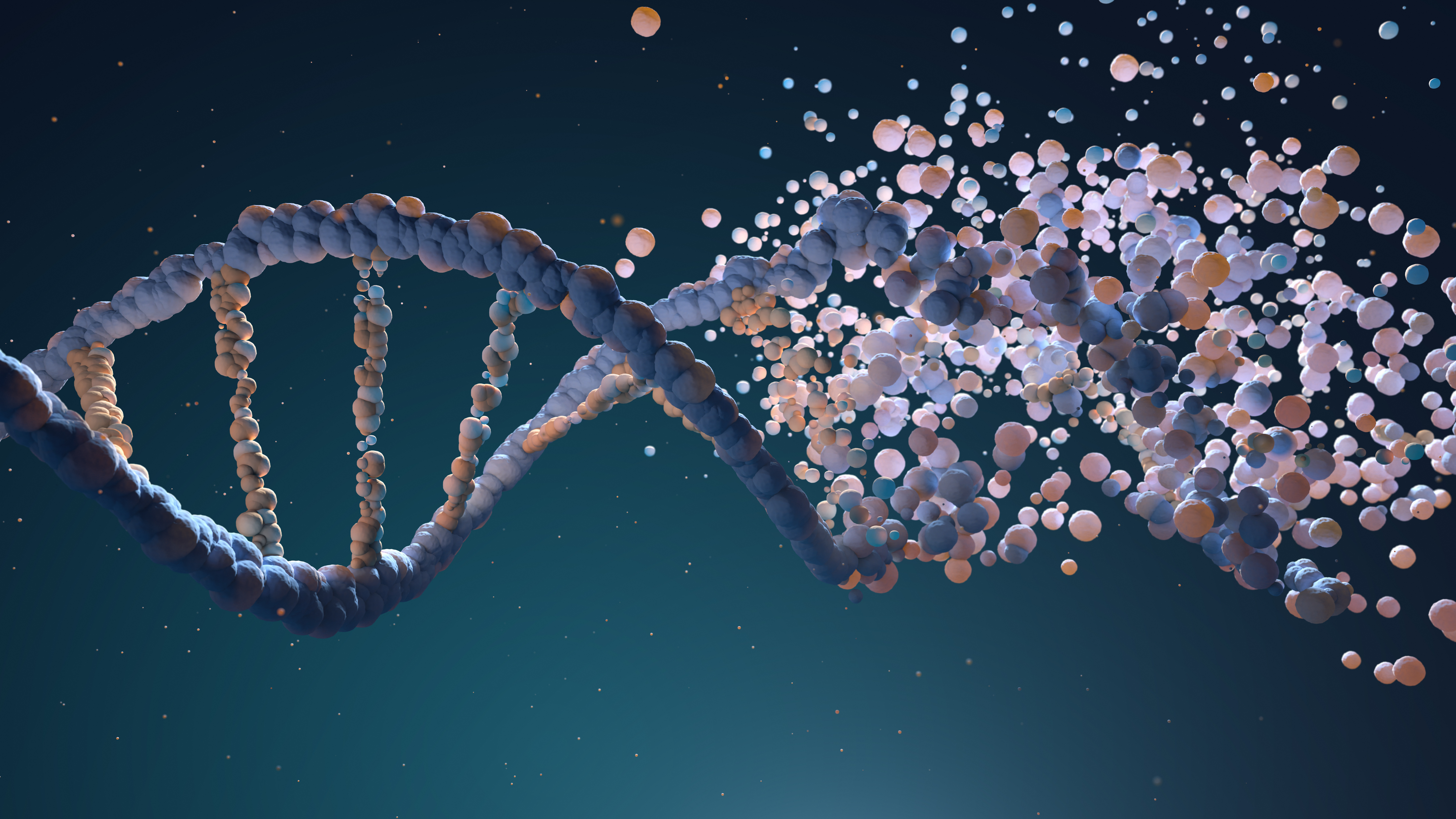HUMAN IgG SUBCLASS KITS: RID METHODOLOGY
Human IgG Subclass RID Combi-Kit (4 X 24 wells RID kit)
CAT Num # RDI-M1557clb
Size:4 X 24 wells RID kit
PRICE: Eur862.00/kit
Introduction:
Human IgG consists of four subclasses, which show more than 95% homology in the amino acid sequence of the C-domains of their heavy chains. The IgG subclasses show differences in effector functions like antigen recognition, complement activation and cell surface Fc receptor binding. Antibodies against viral capsid proteins were found to belong predominantly to the IgG1 and IgG3 subclasses, whereas IgG2 is the predominant subclass in immune responses against polysaccharides. The IgG4 subclass,although representing a minor fraction in the total serum IgG, has received atttnetion because it is highly responsive to repeated challenges with environmental antigens. The interest in the quantification of human IgG subclasses is supported by a recommendation from a WHO/IUIS working group which states: "Measurement of total levels of IgG subclasses is essential in patients with increased susceptibility to bacterial infections when the total IgG level is within or slightly below the normal range". Recently Shield et al showed that also hypergammaglobulinaemia does not exclude the presence of an IgG subclass deficiency.
The concentrations of IgG subclass concentrations than adolescents and adults. IgG1 and IgG3 levels rise more rapidly with age than IgG2 and IgG4 concentrations. To determine an IgG subclass deficiency, it is essential to have reliable reference ranges for the individual IgG subclasses. This IgG subclasses kit is intended for simple, reproducible and specific measurement of human IgG subclasses in serum and other biological fluids.

Contents
- 4 "ready to use" 3 x 8 well radial immunodiffusion plates
- standards and controls
- dilution buffer and distilled water.
- reference values for human IgG subclasses
Characteristics
IgG1 IgG2 IgG3 IgG4
-sensitivity (ug/ml) 57 30 25 30
-intra-assay variation(%) 2.6 2.6 3.5 2.9
-inter-assay variation(%) 4.0 5.8 2.8 4.3
-total assay incubation time 64 hours.
Applications
- Deficiencies of IgG subclass concentrations are an indication of a disturbed immune response.
- The association of selective IgG2 and/or IgG3 subclass deficiency with increased susceptibility to viral or bacterial infections is amply documented.
- Abnormalities in IgG subclass concentrations have been observed in patients with allergy, autoimmune diseases, neurological disorders, dialysis and during HIV-infections.
Assay procedure
There are two procedures possible: A-the standard curve method B-the tabular method
1st method :
-Reconstitute lyophilized standard and control sera
-Prepare four conentrations for the standard curve
-Prepare tet sample dilutions
-Apply standard samples,prediluted control and test samples in wells
-Incubate 64-72 hours at room temperature
-Measure the obtained ring diameters, plot the standard curve and calculate the sample concentrations
2nd method :
-Reconstitute lyophilized standard and control sera
-Prepare test sample dilutions
-Apply prediluted standard, control and test samples in wells
-Incubate 72 hours at room temperature
-Measure the obtained ring diameters and read the sample concentrations from the table
Contact:dje@genatur.com for more information
